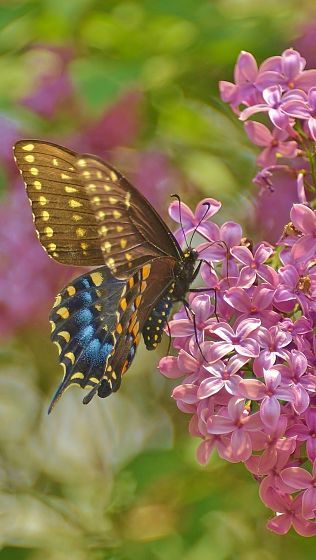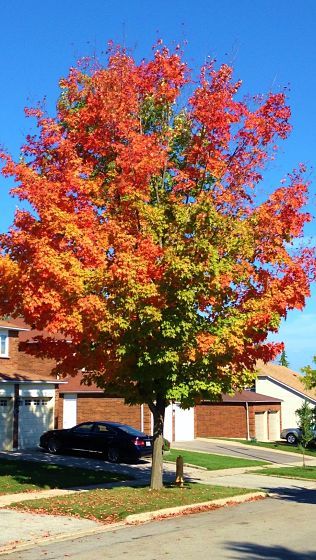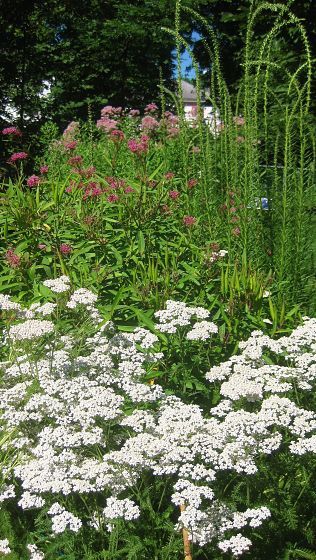The Urban Forest

What is the urban forest?
Our urban forest is more than just our ravines and remaining natural areas. It includes the trees and under storey plants growing along streets and even in your backyard. A healthy urban forest is diverse, both in species and age, and supports a wildlife population. Some parts of the urban forest are 'geriatric', with many older trees reaching the end of their life span but few young trees to replace them.
In new developments, there are very few trees at all. In other areas, one tree species may dominate the landscape. In addition to these imbalances, our urban forest faces many stresses imposed by dense human settlement. These include excessive paving, compacted soil, air pollution, salt, above- and below-ground utilities and lack of space.

Benefits of the Urban Forest
- improves air quality by trapping pollution particles that cause breathing problems
- absorbs carbon dioxide and other gases and in return provides us with oxygen
- reduces household energy consumption for cooling from 10 - 50%
- reduces air temperature when water evaporates from the leaves
- intercepts rainfall resulting in reduced storm water runoff and improved water quality
- provides much-needed wildlife habitat
- reduces noise pollution by acting as a sound barrier
- can increase property values by up to 30%

Why choose native species?
It is important to preserve the natural biodiversity of our forest by planting a variety of native trees, shrubs and perennials. The term "native species" refers to vegetation that grew naturally in southern Ontario prior to European settlement.
In the past, cities and municipalities planted many non-native species that would grow quickly and were tolerant to harsh urban conditions. However, some exotics, such as Norway maple (Acer platanoides), reproduced aggressively and began to out-compete all else in ravines and other natural areas.
To preserve the diversity of our forest we must select species suitable to our geographic area. Native plants have adapted to local climatic conditions over thousands of years and once established, are able to stay healthy with little watering and without the use of chemical pesticides or fertilizers.
Native plants are also important to the survival of urban wildlife (like songbirds and butterflies) as they provide essential food and shelter.
